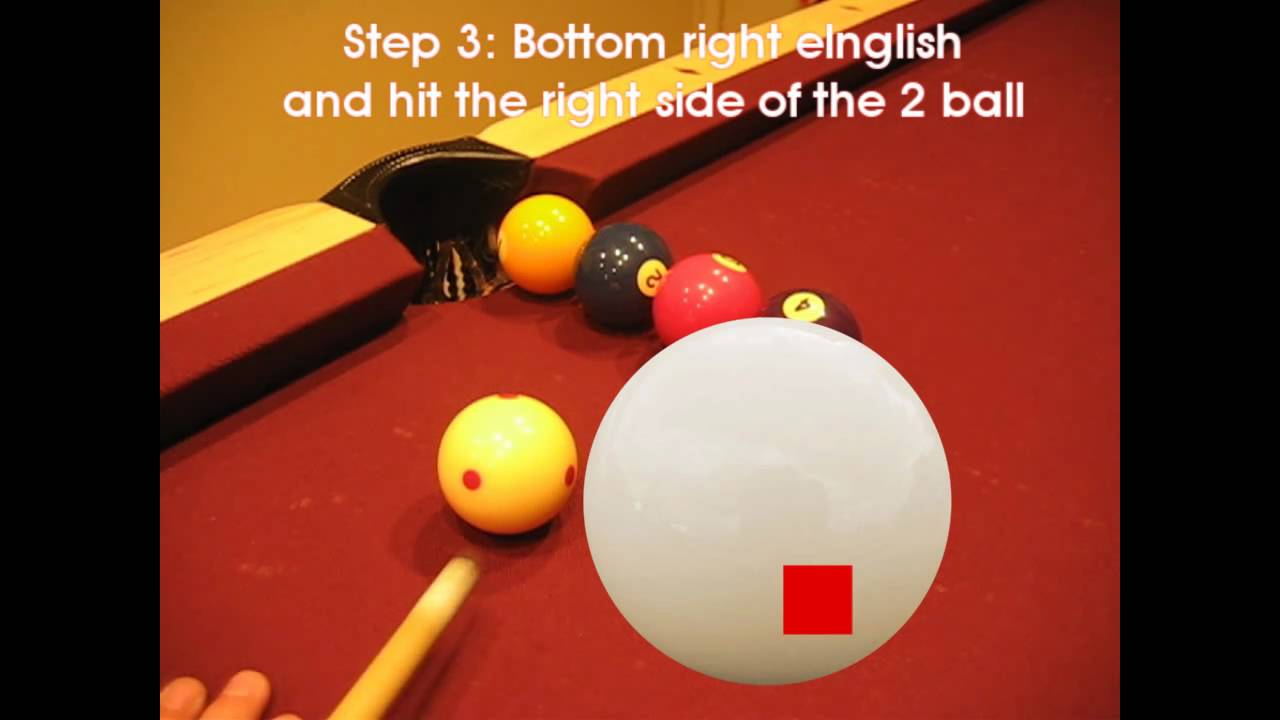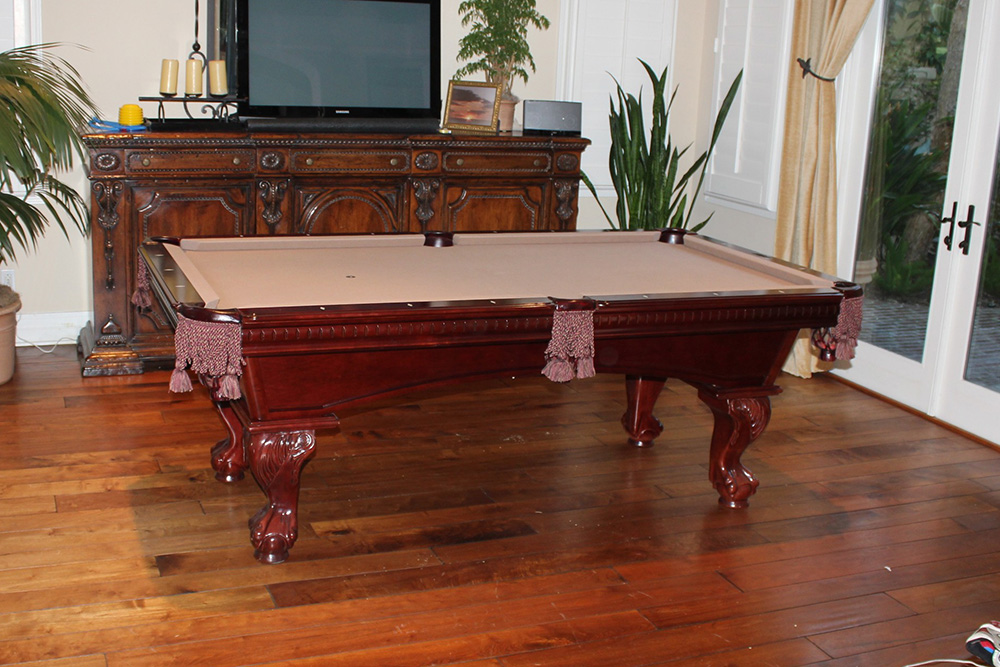
Pool and billiards can be played in many ways, but they have some key differences. They use different sizes of tables. Billiards tables can be larger than pool tables. Additionally, they use larger balls. Billiard cues also have a thicker and shorter cue length than pool cues.
Carom-billiards doesn't require any pockets
Carom-billiards are unlike pocket billiards in the fact that they have no pockets for holding the balls. They also use three instead of four balls. The cue should be pointed in a certain way to ensure that the balls ricochet. These games require skill and creativity. Each player gets three attempts per turn. One player can earn as high as 500 points. The highest recorded score, however, is only 427.
Carom billiards' objective is to accumulate as many points as possible before your opponent and do it within a time limit. Every successful shot is worth one point and there are no penalties for missing. Aramith Carom Balls can be used to play artistic billiards.
Only 3 balls were used
Carom is also available in billiards and pool. Both games employ three balls, a caromball and a redball. The cue or red ball in carom pool is known as the cue. The yellow and brown ball are the two other balls. Both games are played at five-by-ten foot pool tables.

Billiards are played on a pocketless five-by-10-foot table with three ball. Three-cushion Billiards: The cue ball is marked with one black dot. The object ball is always marked with a red dot. The goal of the game's objective is to score as many points possible.
Snooker cloth features a distinct directional nap
Snooker cloth has a distinct directional nap that affects the trajectory of the ball. It is 100% wool and thick. This is different from carom cloth, which is usually worsted and made for speed. Both cloths serve different purposes and can be used for different games.
The directional nap difference is most noticeable in a slow shot towards the middle pocket. If the ball is played dead weight, it will tend to fall into the side cushion. In order to prevent this, aim your shot towards the inside or far jaw of the middle pocket.
Modern billiards cues
Modern billiards and pool cues are very different. They can be made out of different materials. Most billiards cues are made with steel or brass as the male and feminine connection points. These materials are stronger against temperature changes, and they expand and contract less quickly than other materials. Not only are the cue materials high-quality, but many cues also have silver inlays and precious stones.
Billiards evolved from stick and ball games played outdoors. Ground billiards is also known as the game. It's similar to modern games such as croquet and golf. Modern billiards cues can be used for many different purposes, despite their similarities.

History of billiards
Billiards and pool date back to the 14th century when ground-billiards were invented. It is unknown where the word billiards came from. However, it is believed that two French words may have been its source. The first is billette, which refers the mace stick that's used to banish balls. While the second is bille, which is the French word for tail, it is believed to be billette. Frenchmen contributed to the evolution of the game in addition to its English-language inventors.
Billiards and pool were very popular in England and Europe during the eighteenth century. King Henry VIII and Edward VI attended games of pool. The Archbishop of Glasgow was also present. Cardinal Thomas Wosley wrote a letter to the Archbishop of Glasgow praising the game. Billiards was a noble game in the 17th century. French kings and noblemen hired joiners to build their tables. Over the centuries, the game evolved tremendously with the evolving role of pockets.